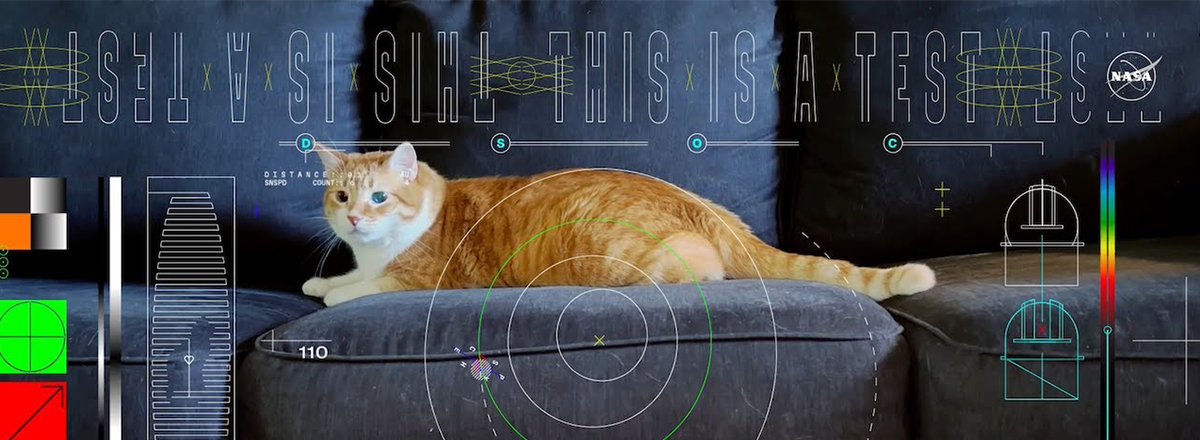NASA's Laser Communications Experiment Beams Cat Video From Deep Space
The cat video, featuring Taters the tabby, was added before launch and includes overlayed graphics illustrating key aspects of the tech demo, including the orbital path of Psyche and technical information about the laser system.

NASA's latest technological achievement involves sending a cat video from deep space, marking a historic milestone in laser communications. The video, featuring a playful cat named Taters, was beamed back to Earth from a record-breaking distance of nearly 19 million miles, which is roughly 80 times the distance from Earth to the Moon.
This accomplishment was achieved through NASA's Deep Space Optical Communications experiment, which is part of a broader technology demonstration aimed at enabling high-bandwidth data transmission from deep space. The 15-second test video was transmitted via a cutting-edge instrument called a flight laser transceiver. The video signal took 101 seconds to reach Earth, traveling at a maximum bit rate of 267 megabits per second (Mbps).
The instrument can send and receive near-infrared signals and was used to beam an encoded near-infrared laser to the Hale Telescope at Caltech's Palomar Observatory in California, where it was downloaded. Each frame from the looping video was then sent in real-time to NASA's Jet Propulsion Laboratory in Southern California, where the video was played.
The laser communications demo, launched as part of NASA's Psyche mission, aims to transmit data from deep space at rates 10 to 100 times faster than current radio frequency systems. As Psyche journeys to the asteroid belt between Mars and Jupiter, this technology will enable high-data-rate signals, paving the way for complex scientific information, high-definition imagery, and video transmission. It's a crucial step toward supporting future human missions, including sending astronauts to Mars.

